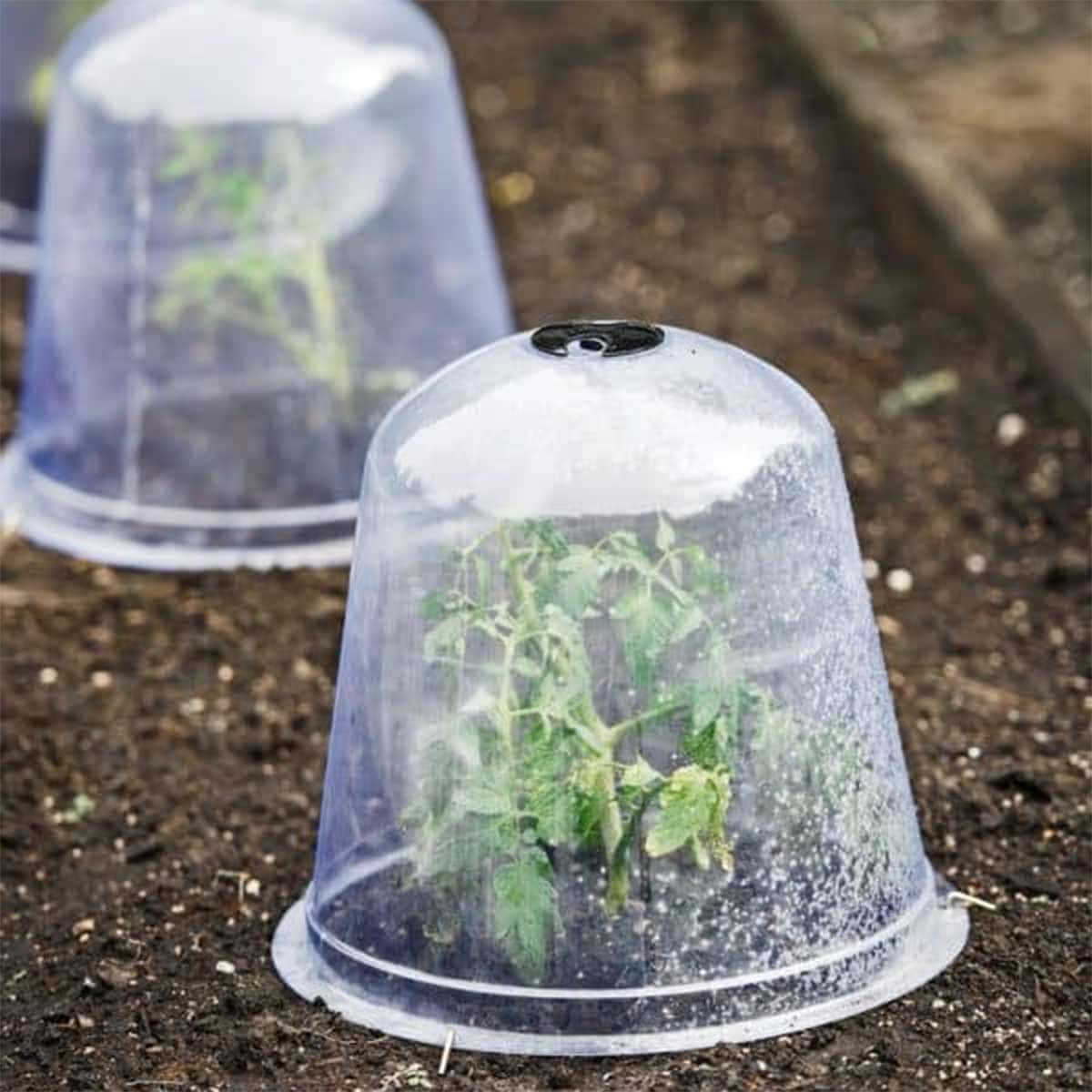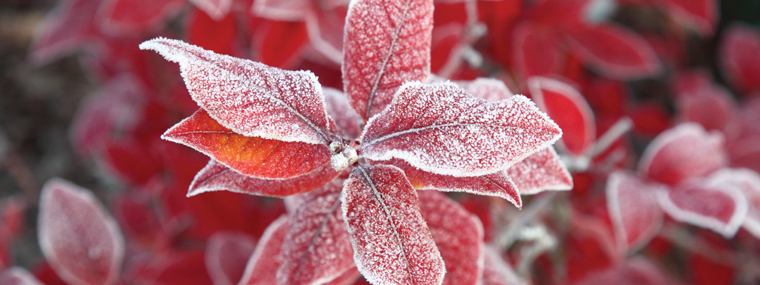How to Protect Plants From Frost: Cold Climate Care

Imagine this: you've spent months nurturing your garden, watching it bloom and flourish under your care. Then, one cold night, a harsh frost sweeps in, leaving your plants wilted and lifeless. Heartbreaking, isn't it? But it doesn't have to be this way. With the right strategies, you can protect your plants from frost and enjoy a thriving garden even in cold climates. Let's dive in and explore how to safeguard your green sanctuary from the icy grip of frost.
Understanding Frost Damage
Before we delve into frost damage prevention, it's crucial to understand what happens to plants during a frost. Frost occurs when temperatures drop below freezing, causing ice crystals to form on plant surfaces. These crystals can damage plant cells, leading to discoloration, wilting, and even death. Young plants and those with tender foliage are particularly vulnerable.
Preparing Your Garden for Cold Weather
Choose the Right Plants
Cold climate gardening starts with selecting plants that can withstand lower temperatures. Research plant hardiness zones to ensure your choices can survive in your region. The USDA Plant Hardiness Zone Map is an excellent resource for this.
Plant Location Matters
Where you plant can significantly impact frost damage. Plants near walls or fences benefit from the radiant heat these structures retain. Avoid low-lying areas where cold air can settle and cause frost damage.
Protecting Plants in Winter
Mulching
Mulching is a simple yet effective plant frost protection method. A layer of organic material like straw, leaves, or wood chips insulates the soil, keeping roots warmer. Apply a 2-3 inch layer around the base of your plants.
Covering Plants
Covering plants with frost cloths, burlap, or even old sheets can provide a barrier against frost. Ensure the cover extends to the ground to trap heat. Remove the cover during the day to allow sunlight and air circulation.
Watering
It might seem counterintuitive, but watering plants before a frost can help protect them. Wet soil holds heat better than dry soil, providing a warmer environment for roots. However, avoid watering if a hard freeze is expected, as this can cause more harm than good.
Advanced Frost Protection Methods
Cold Frames and Cloches
Cold frames and cloches are like mini greenhouses that protect plants from frost. They create a microclimate around your plants, keeping them warmer. You can buy these or DIY using materials like plastic sheeting and PVC pipes.
Heat Sources
For particularly vulnerable plants, consider using heat sources like heat lamps or Christmas lights. These can provide just enough warmth to prevent frost damage. However, use them sparingly to avoid overheating or burning plants.

Post-Frost Care
Even with the best cold weather plant care, some frost damage might occur. Here's what to do:
Assess the Damage
Inspect your plants for signs of frost damage, such as wilting, discoloration, or mushy textures. Prune away damaged parts to prevent the spread of disease.
Gradual Reintroduction
If you've covered your plants, remove the cover gradually to avoid shocking them with sudden temperature changes.
Hydrate and Nourish
Ensure your plants are well-watered and consider applying a balanced fertilizer to help them recover.
Conclusion
Protecting your plants from frost is a labor of love, but with the right strategies, you can enjoy a thriving garden even in cold climates. From choosing the right plants to advanced protection methods, every step counts in frost damage prevention. So, are you ready to brave the cold and nurture your green sanctuary? Your plants are counting on you!
FAQs
What is the best way to cover plants for frost protection?
- Use breathable materials like frost cloths or burlap. Ensure the cover extends to the ground and remove it during the day to allow sunlight and air circulation.
Can I use plastic to cover my plants?
- Plastic can trap too much heat and moisture, leading to overheating or mold. It's best to use breathable materials designed for plant protection.
Should I water my plants before a frost?
- Yes, watering before a light frost can help protect plants as wet soil holds heat better. However, avoid watering if a hard freeze is expected.
How do I know if my plant is frost-hardy?
- Research the plant's hardiness zone and compare it to your region's zone. The USDA Plant Hardiness Zone Map is a helpful resource.
What should I do if my plant shows signs of frost damage?
- Prune away damaged parts, gradually reintroduce the plant to its environment if it was covered, and ensure it's well-watered and nourished to aid recovery.

With these tips and strategies, you're well-equipped to protect your plants from frost and enjoy a beautiful garden, even in cold climates. Happy gardening!
0 Response to "How to Protect Plants From Frost: Cold Climate Care"
Post a Comment